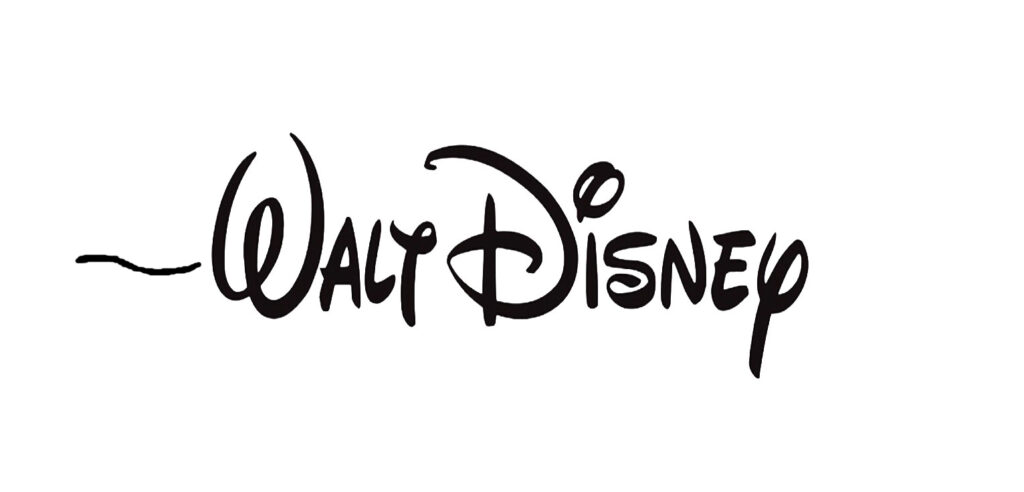MORE ABOUT MASTERPIECES
So what exactly is it that qualifies any particular work of art as a “masterpiece”? The dictionary definition is simply “a supreme intellectual or artistic achievement.” Check! But I like art collector Dar Reedy’s broader take on this question:
…a masterpiece is something that stands the test of time and is viewed as a masterpiece from generation to generation. Secondly, it must influence generations of artists and change the way that people look at the medium – be it painting, sculpture, decorative art or whatever. It must be so original that once you’ve seen it, you’re indelibly influenced by its power, and any artist who goes in that direction is accused of studying under or being in the shadow of the original.[1]
All nine animated features we’ll be contemplating easily meet these standards for status as masterpieces.
Since Walt Disney’s death more than one of those future generations of artists – in this case American filmmakers – have acknowledged their creative indebtedness to this most innovative and influential popular artist of the 20th Century. Steven Spielberg (1946-) – director of an unprecedented series of blockbusters such as Jaws, E.T. the Extra-Terrestrial, Schindler’s List, Raiders of the Lost Ark, Jurassic Park – to name a mere handful! – credits his expansive vision of film’s potential to his childhood exposure to Disney’s Fantasia. Hanging in his office is a treasured artwork, one of the original background paintings depicting Mount Olympus and Arcadia, created for that film’s “Pastoral Symphony” segment. Another of Spielberg’s treasures: one of the cel set-ups showing Lady and Tramp in the famous spaghetti-eating sequence. Spielberg’s films are riddled with references to the Disney oeuvre.
So are the films of his great colleague, George Lucas (1944-), creator of the Star Wars saga. Lucas, in fact, has been dubbed by some as Disney’s modern-day successor, the major fantasist for a space-age generation.
…with the old master, George Lucas shares certain values – WASP, small-town, morally conservative – and certain talents – for technological innovation, cost-conscious supervision of team creative effort and responsible merchandising of motion picture offshoots.[2]
…the character model department… – which helped the animators draw characters in three dimensions – …served as inspiration for George Lucas and Steven Spielberg when they worked on their blockbuster “Star Wars” films…[3]
While Spielberg and Lucas (and several others) may have created cinematic masterpieces of their own, Disney’s were a different animal entirely: the animated feature…
…where screen direction gets down to matters of detail unheard of in live action. In animation you deal with the glint in the eye, the twitch of an eyebrow, the tic of a muscle. For animation … is a compulsive’s delight.[4]
[1] As quoted in Abbe, Mary: “Art: What makes a masterpiece?”, Minneapolis Star Tribune, 10/14/2009.
[2] Schickel, Richard: “Slam! Bang! A Movie Movie”, Time Magazine, June 15, 1981, p. 76.
[3] Syzmanski, Michael: op. cit.
[4] Schickel, Richard: op. cit., p. 161.
